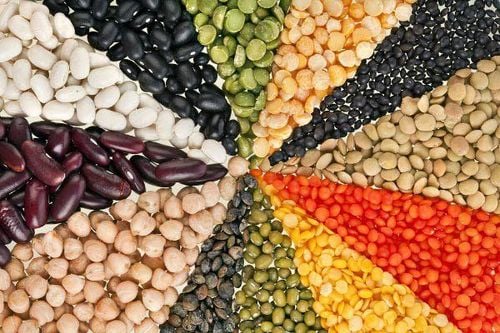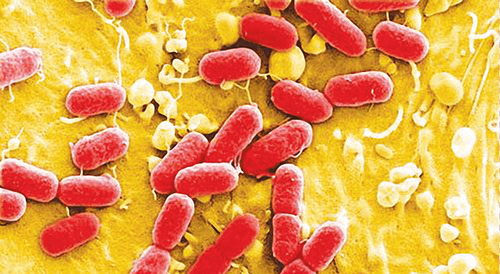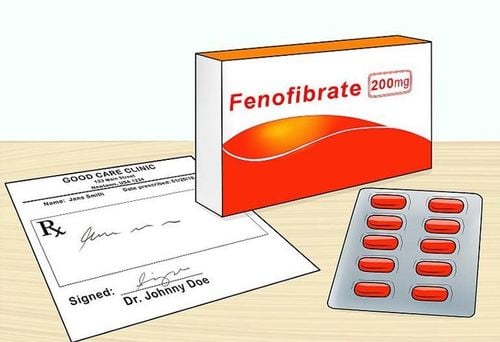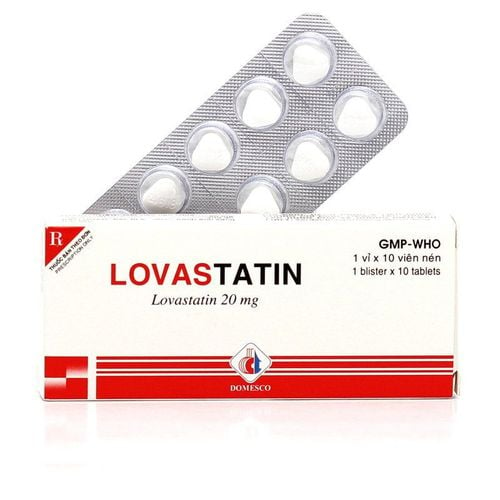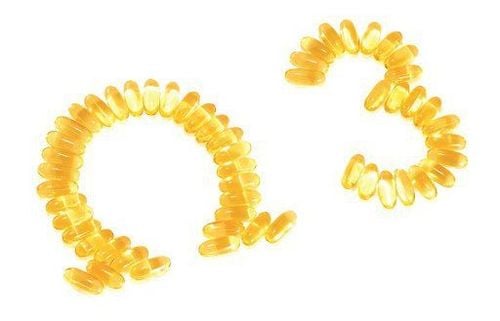This is an automatically translated article.
Most foods need to be processed before they can be used. However, in the process of processing with a high temperature background, physical and chemical changes occur that can change the nutritional structure of the dish. If you do not pay attention to the cooking temperature, some food groups can lose a lot of nutritional components.
In fact, the amount of heat has a huge influence on the nutrition of food. However, if you know the cooking methods that affect the nutritional content of food, this situation will be limited. Some substances that can be affected by cooking temperature include:
1. Protein (Protit)
The food group includes meat, fish, shrimp, crab, eggs, sesame, peanuts, beans... containing mainly protein. When heated at 70 degrees Celsius, the protein will coagulate and degenerate. Moderate coagulation makes the protein easier to digest. On the contrary, if you cook at too high a temperature such as: cooking, steaming food in a high temperature oven (over 300 degrees Celsius), frying food in oil for too long (the grease can reach temperatures above 200 degrees Celsius). C) will form indigestible bonds, reducing the nutritional value of protein.
Therefore, with protein-rich food groups such as meat, eggs, fish... should use a temperature of 70 - 100 degrees Celsius to cook and kill bacteria. When boiling foods such as chicken, swan, duck, fish, liver... should be boiled thoroughly. Priority should be given to boiled, steamed dishes and limit baked, fried, and roasted dishes in high-temperature or greasy ovens for a long time.
MORE: Table of temperatures and times for roasting beef, lamb and veal
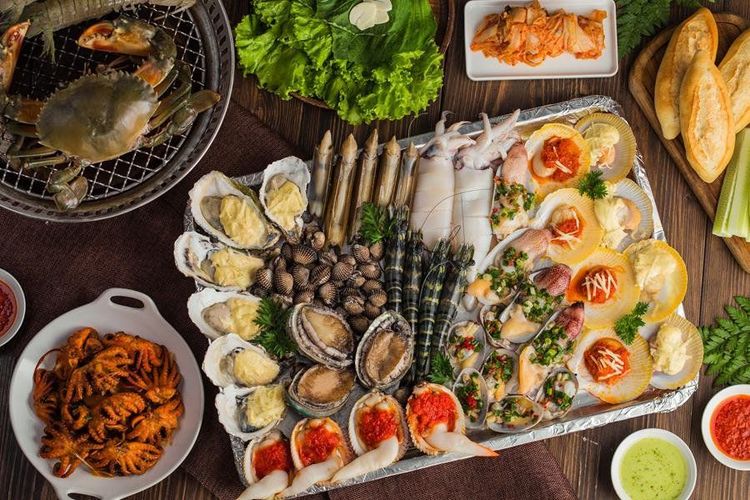
Thực phẩm chứa đạm nấu ở nhiệt độ cao sẽ gây mất đi chất dinh dưỡng
2. Fats (Lipids)
Fats (oils, greases) have no significant change at 102 degrees Celsius except for liquefaction. But when cooking at too high a temperature, the unsaturated fatty acids will be oxidized and lose their beneficial effects on the body. At the same time, causing the double bonds in the structure of this acid to be broken, forming intermediates such as Aldehyde, Peroxide, which are harmful to health.
When grilling food on a high-temperature stove, the fat flows down to form an aroma, but in fact it is polycyclic aromatic hydrogen carbides that are not good for the body and are also one of the causes of cancer. Therefore, do not cook at too high a temperature, reuse the fat that has been fried at high temperature. Do not buy baked, fried, and ready-to-eat foods (donuts, skewers, etc.) when you see that the greasy pan being processed is no longer clear, shows signs of repeated use, and has a burnt black color.
MORE: At what temperature should fats be processed?
3. Powder (Gluxit)
This food group includes rice, whole grains, bread and some vegetables (potatoes, beans...). Under normal boiling point Gluxit does not change appreciably. But when cooking at too high a temperature, especially in an environment without water (such as baked goods), the components of starch are also deformed into indigestible or harmful to the body.

Ngũ cốc nguyên hạt sẽ không biến đổi nhiều khi đun sôi bình thường
4. Vitamins
Of the nutritional components of food that are changed by temperature, vitamins are the group that is most susceptible to changes due to their less stable structure. Here is the effect of cooking temperature on certain vitamins:
4.1. Fat-soluble vitamins (A, D, E, K)
Fat-soluble vitamins (A, D, E, K) have a relatively stable structure with the cooking temperature, in the process of cooking and cooking, often this group of vitamins will be lost by 15-20% .
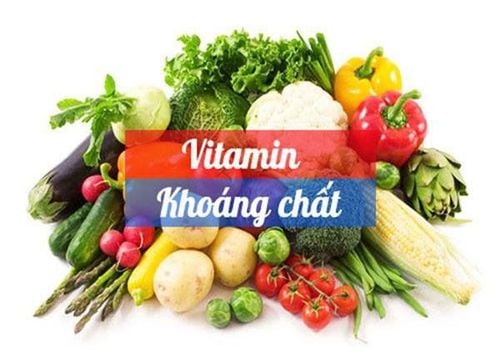
Nhóm vitamin (A, D, E, K) sẽ bị hao hụt 15 - 20% khi nấu nướng
4.2. Water-soluble vitamins
Water-soluble vitamins are degraded more by being dissolved and easily broken down (especially in alkaline environments). Therefore, soaking food in water, using caustic soda (or lime) in cooking water, boiling water many times and then pouring it out, storing food for a long time all lose a lot of vitamins of group B and vitamin C (the amount of loss can up to 90%).
4.3. B group vitamins
For B vitamins, vitamin B1 is the least stable, especially vitamin B2 and vitamin PP are almost not broken down. When boiling meat and fish, a relative amount of vitamin B will go with the boiling water, processing under a reasonable temperature will lose about 20% of group B vitamins (especially vitamin B1 loss rate may be higher).
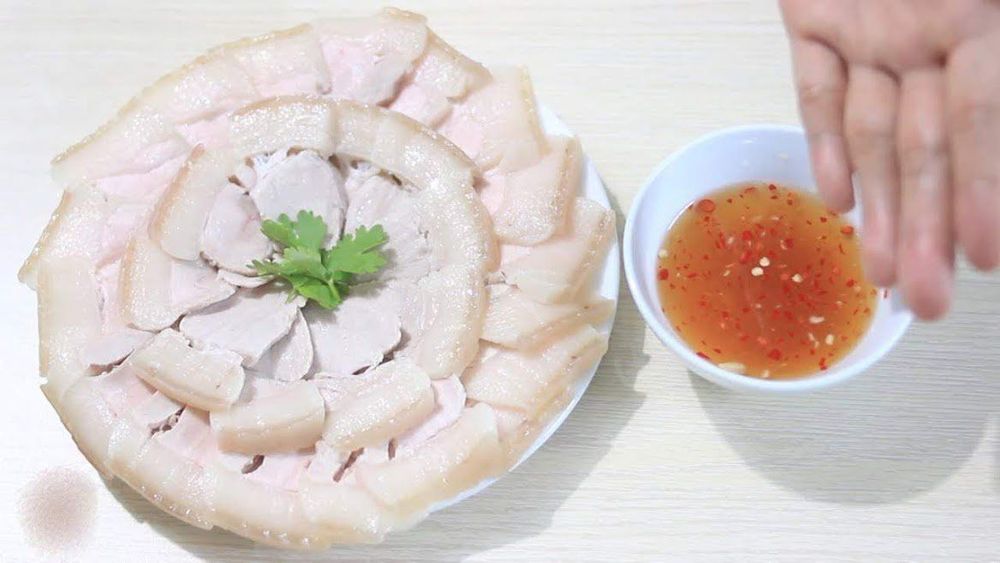
Luộc thịt sẽ khiến vitamin B bị loại bỏ thông qua nước luộc
4.4. Vitamin C
Vitamin C is the group with the least stable structure: not only is it easily soluble in water, but it also oxidizes quickly under high temperature. Over time, the amount of vitamin C will also decrease. Therefore, you should choose fresh vegetables and fruits and wash the food, then peel, cut, slice and cook immediately after cutting. It is estimated that the amount of vitamins lost during cooking is as follows: vitamin C (50%), vitamin B1 (30%), carotene (20%).
Thus, the cooking temperature will have a great influence on the nutritional composition of the food. Accordingly, you need to pay attention to proper processing and temperature adjustment to ensure that nutrients are not deformed or lost, and to ensure food quality and safety; help the body easily absorb nutrients and limit the ability to produce toxic substances for the body.
Please follow the website: Vinmec.com regularly to update many other useful information.
Please dial HOTLINE for more information or register for an appointment HERE. Download MyVinmec app to make appointments faster and to manage your bookings easily.




